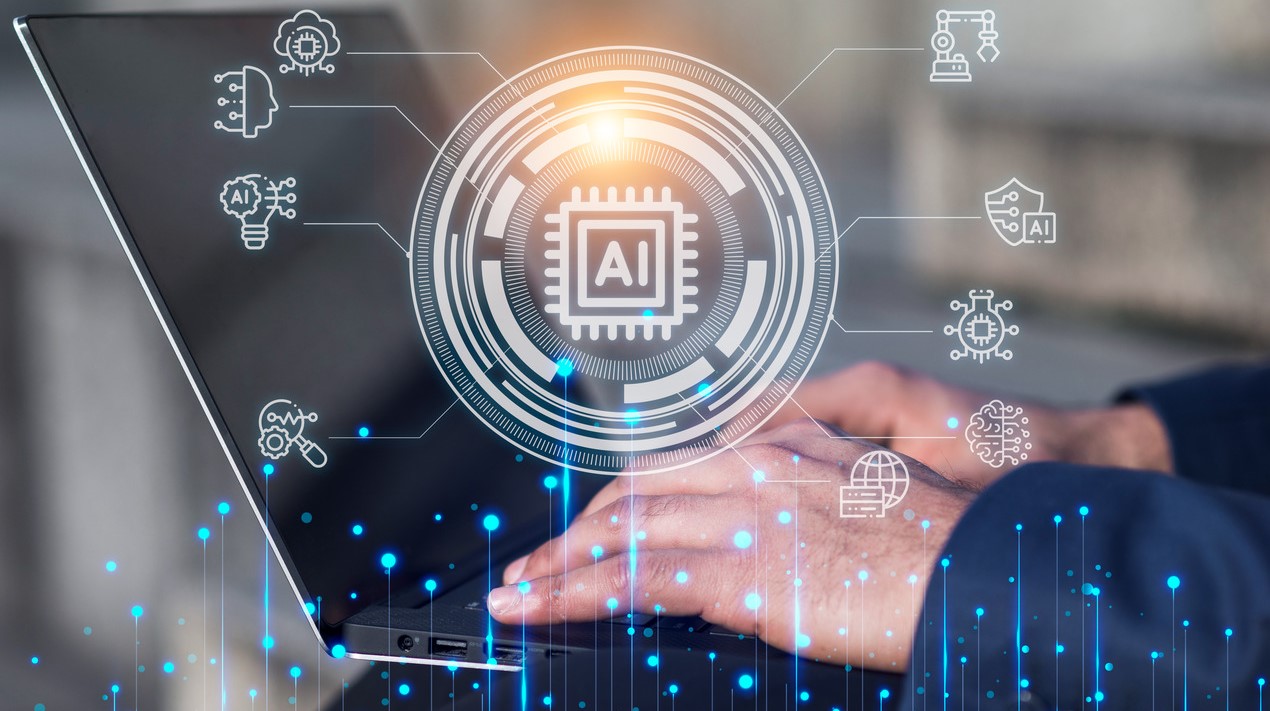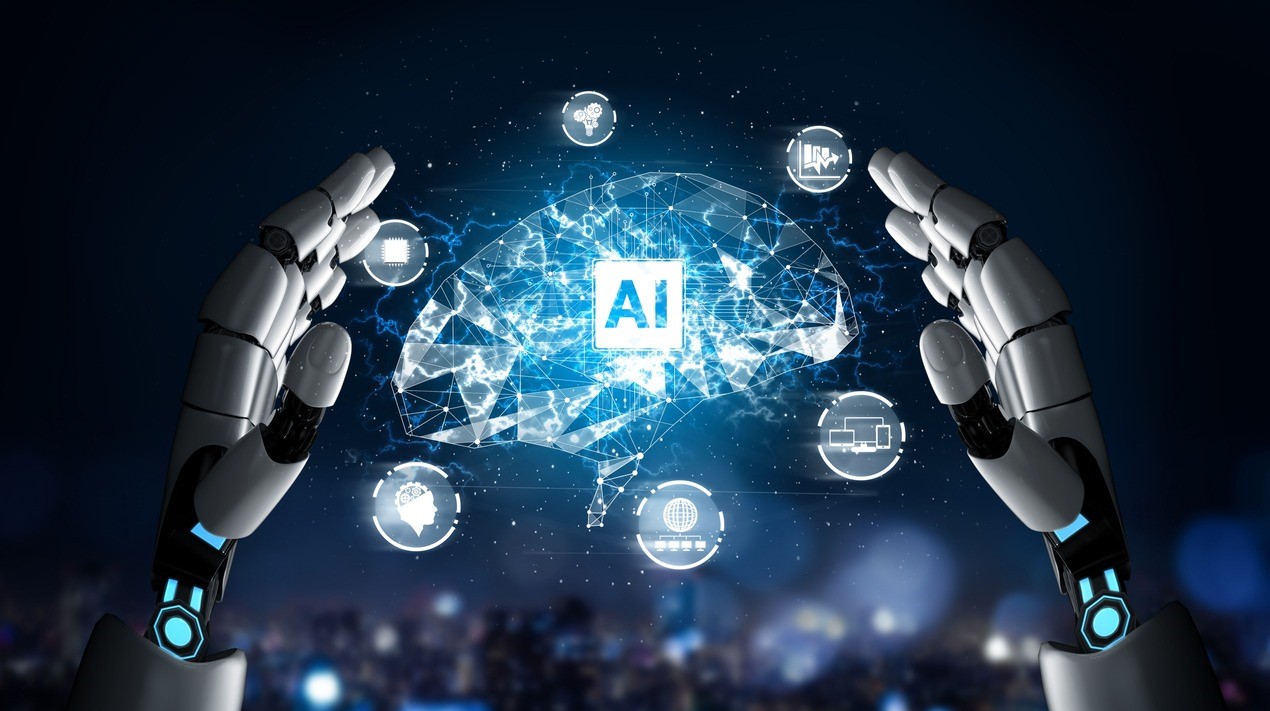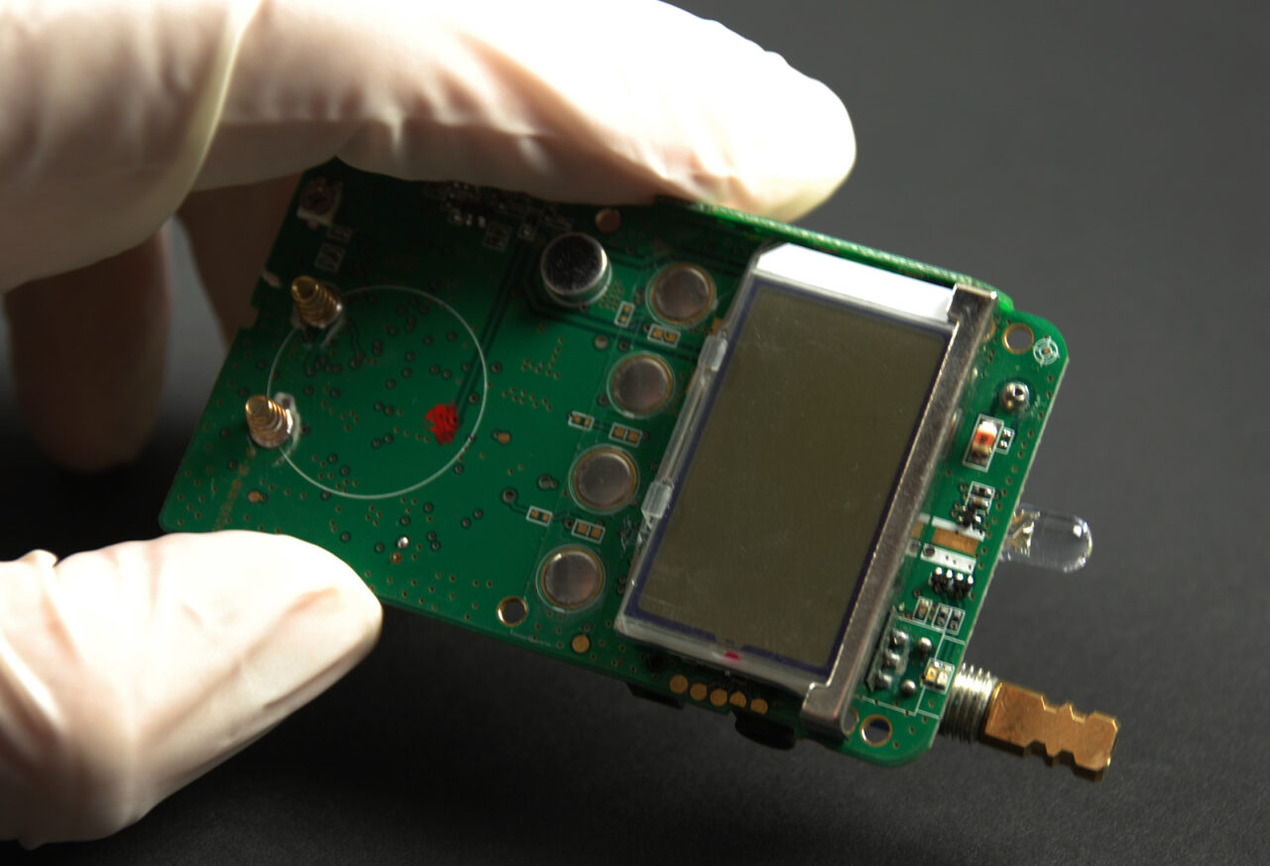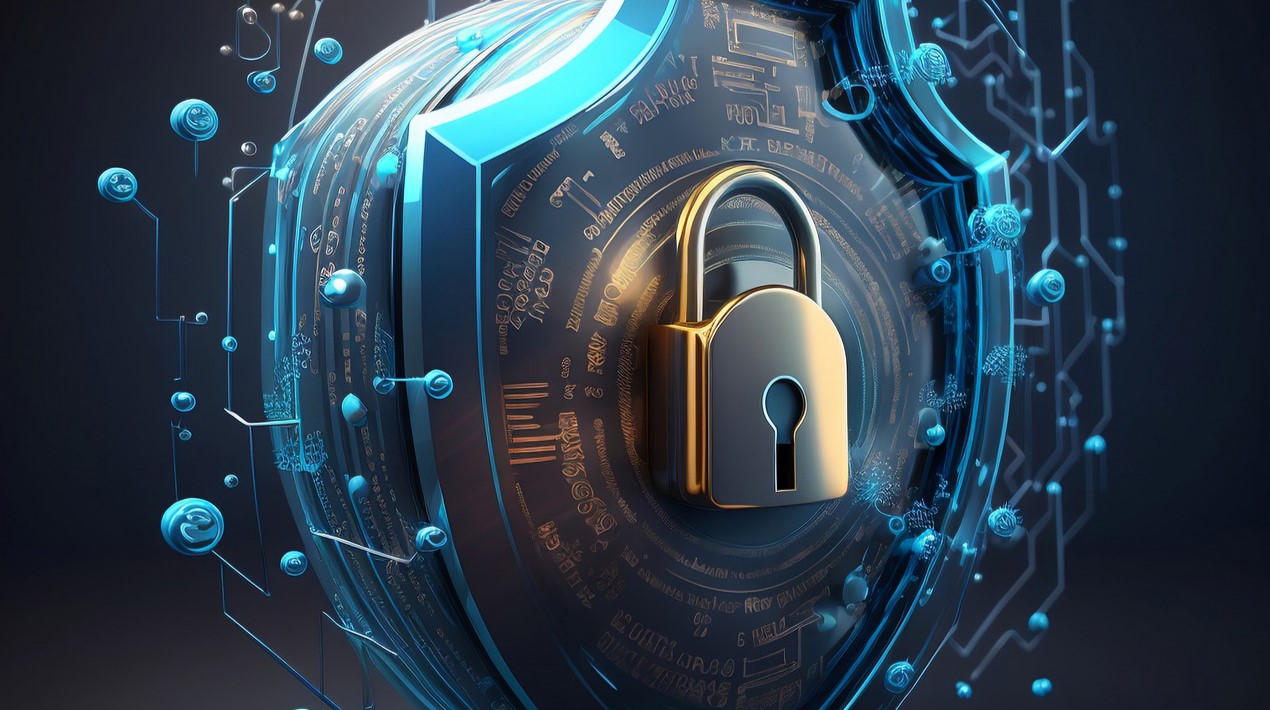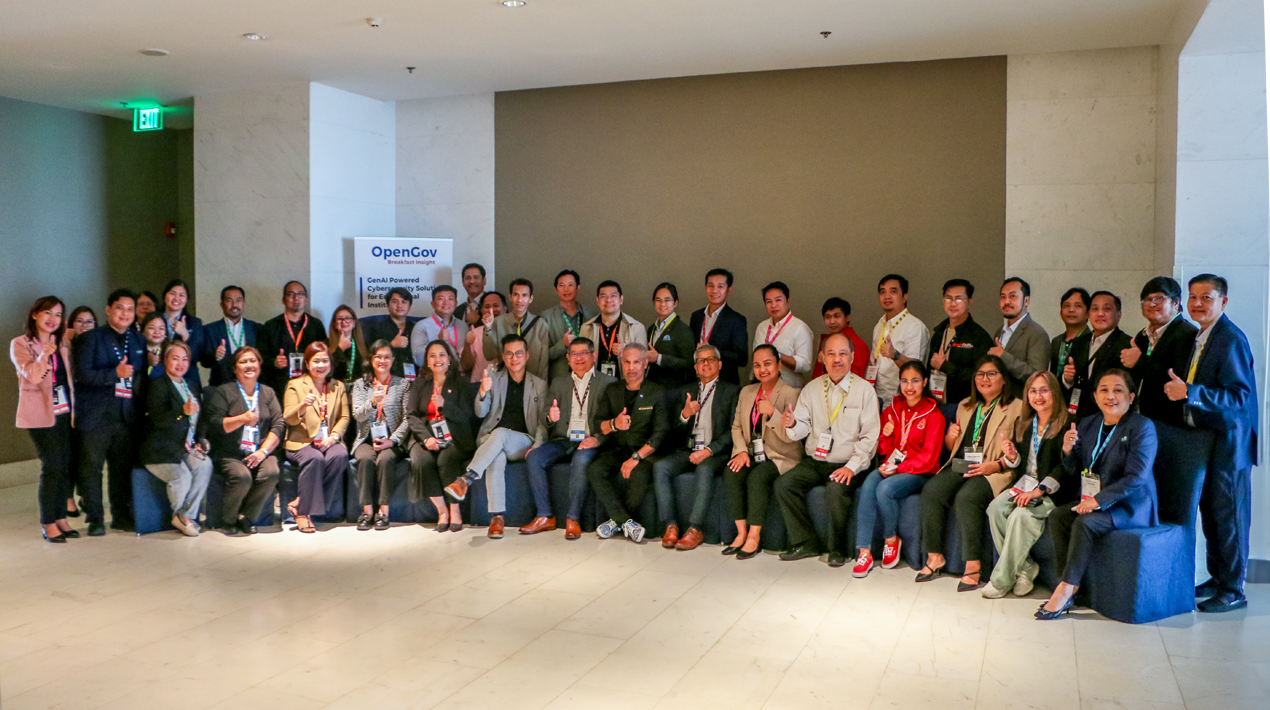
|
Getting your Trinity Audio player ready...
|
The rapid adoption of technology in smart education brings significant advancements but also raises cybersecurity concerns as educational institutions transition to digital platforms. Cybercriminals exploit vulnerabilities in virtual learning environments, posing risks such as denial-of-service attacks, advanced malware, and phishing attempts.
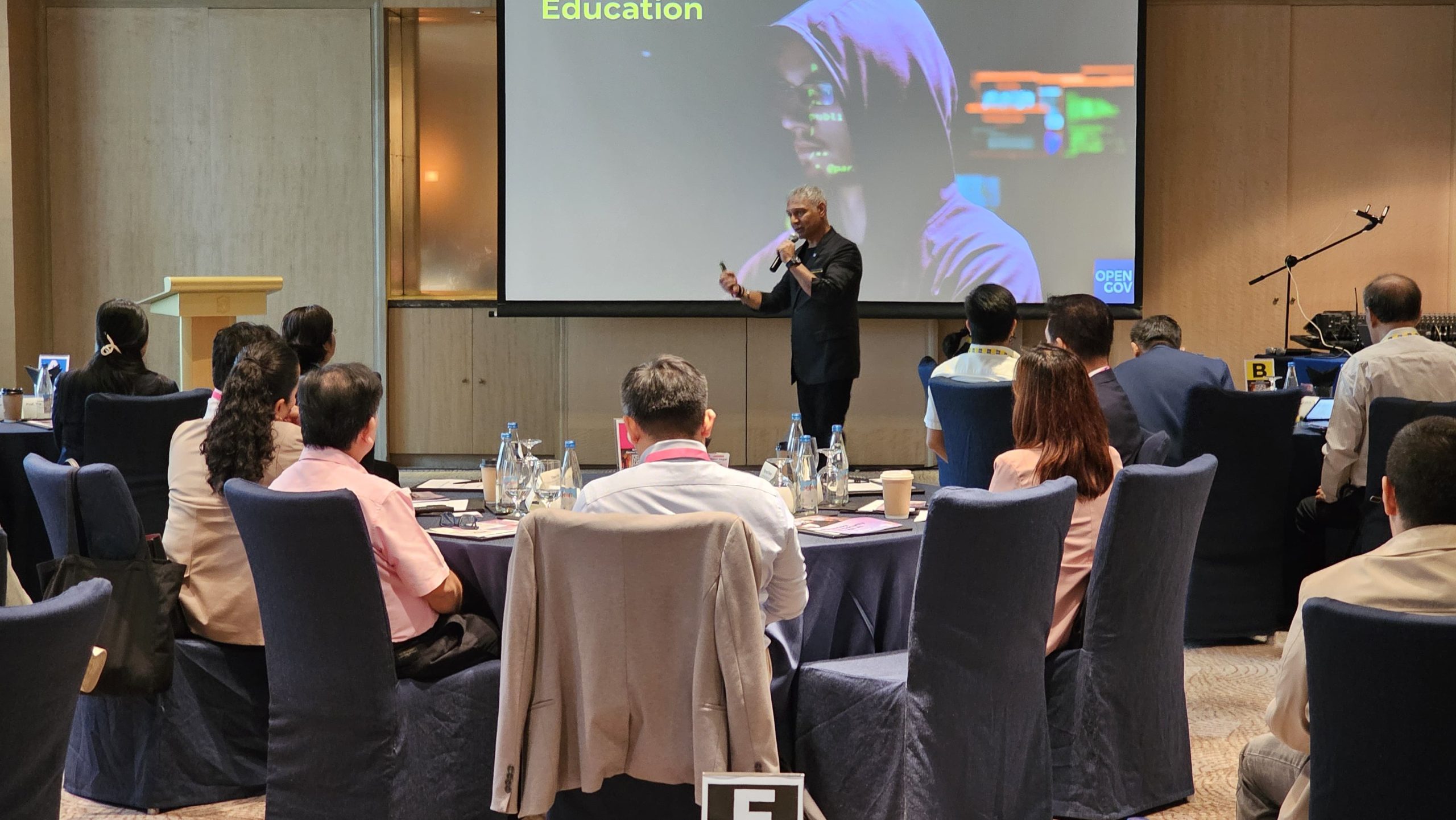 Smart education in the Philippines faces hurdles like deficient infrastructure and limited resources, while also contending with risks such as data breaches and cyberbullying as educational institutions transition to digital platforms. These challenges underscore the need for comprehensive strategies to address both technological and security concerns in the evolving landscape of education.
Smart education in the Philippines faces hurdles like deficient infrastructure and limited resources, while also contending with risks such as data breaches and cyberbullying as educational institutions transition to digital platforms. These challenges underscore the need for comprehensive strategies to address both technological and security concerns in the evolving landscape of education.
Cyber threats pose significant risks to an institution’s intellectual capital, financial resources, reputation, and operational continuity. Additionally, they endanger the privacy, security, and well-being of students, teachers, and staff.
As a case in point, in 2021, the University of the Philippines (UP) disclosed a data breach that exposed the personal information of students, teachers, staff, and alumni, with hackers claiming access since 2018. The breach, coordinated by a local hacker group, exposed vulnerabilities in UP’s cybersecurity infrastructure.
Furthermore, the Department of Information and Communications Technology (DICT) documented around 3,000 “high-level cyberattacks” from 2020 to 2022, with almost half targeting government agencies, emergency response teams, and educational institutions. This period also witnessed the observation of 54,000 cyber threats, highlighting the increasing cybersecurity concerns faced by various sectors in the country.
Amid the challenges faced by the education sector, AI emerges as a crucial strategy, providing vital tools to navigate the dynamic cybersecurity landscape. AI solutions offer adaptive capabilities essential for countering the evolving spectrum of cyber threats in educational environments.
The integration of AI in the education sector’s cybersecurity framework offers a paradigm shift in addressing evolving cyber threats. Its capacity to continuously analyse and adapt to emerging attack vectors offers a dynamic defence against potential risks.
Through machine learning algorithms, AI can detect real-time patterns and anomalies, enabling educational institutions to stay ahead of cyber threats, creating a robust and adaptable cybersecurity infrastructure.
Furthermore, leveraging AI in education cybersecurity not only enhances threat detection but also empowers institutions to establish proactive measures. This approach fosters a secure digital learning ecosystem tailored to the specific challenges of educational environments. It allows for a comprehensive defence strategy that goes beyond traditional cybersecurity methods, offering a forward-looking and efficient solution to safeguard sensitive data and ensure a secure online learning environment for students and staff alike.
By integrating physical hardware and cloud-based solutions, institutions can achieve a more comprehensive and efficient security posture for their assets and data. This unified approach facilitates cost-effective resource allocation, shared threat intelligence, and real-time monitoring and enhances scalability and flexibility.
The OpenGov Breakfast Insight on 27 February 2024 at Shangri-La the Fort Manila, explored the intricacies of the cybersecurity landscape within the education sector. This session allowed experts to engage in discussions, gain ideas, and explore solutions provided by Gen AI to tackle the issues.
Opening Remarks

Mohit Sagar, CEO and Editor-in-Chief of OpenGov Asia, acknowledges the dawn of a new digital education era, marked by transformative technologies. This shift brings about increased accessibility, engagement, and personalisation, as instant access to extensive information libraries breaks down traditional knowledge barriers, empowering educators and learners alike.
He stresses the importance of tailored learning through adaptive technologies, enhancing education to meet individual student needs and fostering dynamic skill development. This transformation extends beyond traditional classrooms and is particularly evident in the realm of remote learning, which is increasingly prevalent today.
Digital technologies play a multifaceted role in education, addressing not only student achievement but also various challenges involving multiple stakeholders. Interconnected factors influence the impact of these technologies on education, underscoring their pivotal role in driving ongoing digital transformation efforts.
“Even though digital technologies have brought revolutionary changes to education, it is crucial to approach and resolve persistent issues thoughtfully and strategically for a holistic and sustainable transformation,” Mohit believes.
Moreover, the expansion of digital technology and increased dependence on online platforms for administrative and instructional tasks have heightened the education sector’s vulnerability to the growing threats in the digital landscape.
Ransomware attacks, data breaches, and disruptions to online learning platforms are among the cyber threats that can jeopardise learning outcomes, compromise student data, and undermine fiscal integrity within educational institutions.
“We need solutions to address this challenge,” Mohit says. “We must urgently explore and implement robust strategies and technologies to safeguard educational institutions against cyber threats.”
Generative Artificial Intelligence (GenAI) represents a revolutionary approach to bolstering defences against cyber threats. By harnessing advanced algorithms, it offers a paradigm shift in cybersecurity, allowing educational institutions to anticipate and counter emerging threats in real-time, thereby fortifying their digital resilience.
In the rapidly evolving cybersecurity landscape, collaboration among government agencies, cybersecurity professionals, and educational institutions is paramount to effectively anticipate and address emerging risks. With threats constantly growing in sophistication, a unified approach is essential for sharing threat intelligence, implementing proactive security measures, and leveraging best practices and resources to stay ahead of bad actors.
Government agencies can play a pivotal role in creating a regulatory framework that fosters information sharing and ensures compliance with cybersecurity standards across educational institutions. Cybersecurity professionals, equipped with their expertise, can contribute by developing and implementing robust security protocols. Simultaneously, educational institutions can actively engage in this collaborative effort by fostering a culture of cybersecurity awareness and preparedness among students, faculty, and staff.
“This collective approach can create a resilient defence against cyber threats, ultimately safeguarding the integrity of educational systems and the privacy of sensitive information,” Mohit concluded. “By implementing an end-to-end security strategy, educational establishments not only safeguard their digital resources but also establish a dependable and robust environment that promotes a secure and comfortable learning environment for all.”
Welcome Address

Vincent Wu, Security Business Development Manager, Asia Pacific at Lenovo, expressed deep appreciation to the attendees who gathered at the OpenGov Breakfast Insight to gain insights into cybersecurity in the education sector. He highlighted the significance of their presence as a positive step towards better understanding the cybersecurity challenges educational institutions face.
In the current online or hybrid education landscape, Vincent emphasised the need for heightened awareness of cybersecurity risks among educators, students, and administrative staff. “Students, faculty, and staff in remote/hybrid learning environments are at heightened risk for phishing scams and other unsafe online behaviour,” he addressed.
To address these challenges, Vincent outlined key steps educational institutions can take before integrating technology into their education systems. First, he emphasised the importance of investing in cybersecurity training for educators and administrative staff to enhance their cybersecurity literacy. Additionally, he recommended the implementation of cutting-edge security technologies, including advanced threat detection systems and adaptive preventive measures, such as Generative AI.
“Generative AI helps the education sector to be more proactive in facing increasingly complex cybersecurity threats,” Vincent Wu explained. He elaborated that this technology can automatically identify unusual patterns and potential threats, enabling faster and more effective responses to attacks. By implementing Generative AI, educational institutions can leverage artificial intelligence to optimise their security defences.
In this context, Vincent emphasised and appreciated the significant steps taken by the Philippines in managing cybersecurity risks by adopting Generative AI technology. He stated that Generative AI is an effective tool in maintaining the integrity and security of data in the education sector.
“The proactive approach of the Philippines in integrating Generative AI aligns with the global necessity for innovative solutions to combat the evolving landscape of cyber threats,” he expressed. As educational institutions increasingly become prime targets for cyberattacks due to the wealth of sensitive information they hold, the strategic adoption of cutting-edge technologies like Generative AI becomes paramount.
Vincent commended the Philippines for setting a commendable example in prioritising cybersecurity measures beyond conventional approaches, contributing significantly to the resilience and safeguarding of the education sector.
Vincent Wu delved into the technological landscape, shedding light on Lenovo Commercial Vantage as a pivotal tool in device management. This innovative platform offers users a central portal for efficiently managing hardware settings and setting preferences and serves as a valuable resource for staying updated on system enhancements.
Further, Vincent emphasised the significance of Lenovo DaaS Managed Absolute in providing end-to-end device management with utmost efficiency and flexibility. This approach ensures a streamlined and comprehensive strategy for handling devices across educational institutions, contributing to a seamless and secure digital learning environment.
Vincent stressed that the demand for hybrid learning technology remains paramount even as more students return to on-campus learning. He predicted a surge in the widespread adoption of collaboration software. He foresees its continued prominence as faculty, students, and staff navigate the evolving landscape of the borderless campus of the future. This shift toward collaborative tools necessitates a mature and robust security infrastructure to safeguard sensitive information and ensure the seamless flow of communication in the digital education ecosystem.
“I believe by doing it, the education sector can proactively shape a resilient and future-ready learning environment that leverages technology for enhanced collaboration and knowledge dissemination,” he concluded.
Technology Insight

As a leading technology company specialising in designing, manufacturing, and marketing a diverse range of consumer electronics, personal computers, software, business solutions, and related services, it has actively adapted to the dynamic landscape of cybersecurity. In a rapidly evolving technological environment, the significance of cybersecurity has become increasingly pronounced, and Lenovo has been at the forefront of addressing these challenges.
Sharon Maraguinot, who served as a Key Account Manager for Education and Government at Lenovo, highlighted the company’s commitment to staying abreast of the latest developments in cybersecurity. As education sectors are often prime targets for cyber threats due to the sensitive nature of the data they handle, Lenovo recognises the critical need for robust cybersecurity measures.
Maraguinot emphasised that Lenovo’s approach involves providing cutting-edge technology solutions and actively engaging stakeholders to promote cybersecurity awareness and best practices. Lenovo has implemented comprehensive strategies, integrating advanced technologies and innovative solutions. This includes leveraging artificial intelligence (AI) and machine learning to enhance threat detection capabilities, ensuring a proactive defence against evolving cyber threats.
The Lenovo EDU integrates hardware, software, and services to offer a holistic learning experience. “We meticulously design our array of Lenovo EDU devices to endure accidental knocks, drops, and spills, ensuring durability in the classroom environment,” she elaborated.
Additionally, the keyboards are securely anchored to withstand attempts by curious students to pry them apart, further enhancing the longevity and reliability of the educational devices. With Lenovo EDU, educators and students can confidently engage in immersive learning experiences without concerns about device durability or functionality.
Lenovo strongly emphasises developing its devices to stay ahead of emerging threats. Maraguinot expressed Lenovo’s commitment to continuous improvement and adaptation, ensuring its technology remains at the forefront of cybersecurity resilience.
“As technology evolves, Lenovo remains dedicated to transparency and accountability. The company actively engages with its user community, seeking feedback and insights to enhance security features and address emerging concerns,” she explained.
Further, Maraguinot stressed the importance of collaborative efforts between technology providers, educational institutions, and government agencies to create a holistic cybersecurity framework. “We cannot overlook the collaboration and inclusivity needed in cybersecurity,” she explained.
By this far, Lenovo has actively advocated for cybersecurity education and training programmes. Recognising that cybersecurity is a shared responsibility, the company has supported initiatives to enhance the digital literacy of educators, students, and administrators.
Maraguinot emphasised the importance of an open dialogue between technology providers and end-users to foster a shared responsibility in maintaining a secure digital environment. “Lenovo’s multifaceted approach to cybersecurity reflects its unwavering commitment to not only deliver cutting-edge technology but also actively contribute to a secure digital future,” she concluded.
Knowledge Insight
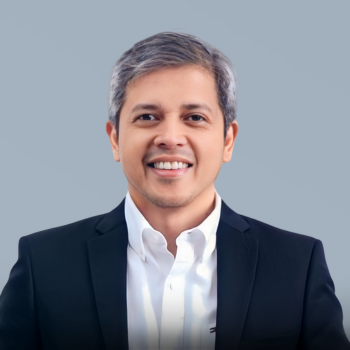
Ike Amigo, Far Eastern University’s Chief Information Officer, highlights how the integration of Generative AI enhances cybersecurity and fosters research and innovation at the institution. Far Eastern University is dedicated to advancing its cybersecurity measures, implementing sophisticated network security systems and regularly updating software to bolster its defences.
“Far Eastern University realises that cybersecurity challenges continue to evolve, and we are ready to adapt and take proactive steps to address them,” shares Amigo. “We are committed to continuously improving our cybersecurity as an integral part of our efforts to protect sensitive student and staff data and maintain the smooth operation of the institution.”
Amigo understands that cybersecurity is a shared responsibility across the entire university community, not solely the responsibility of the IT team. He believes that through improved awareness and collaborative efforts, they can effectively maintain a safe and secure digital environment.
To achieve this goal, the university is taking intentional steps, including investing in advanced IT security infrastructure, providing regular training for staff and students on digital security practices, and implementing strict policies related to access management and software usage.
“We realise that the education sector is highly vulnerable to cyber threats, such as phishing, commonly used by attackers to steal sensitive information through manipulation and social engineering,” elaborates Amigo. “Therefore, we continue to enhance our efforts to educate students, staff, and faculty on identifying and avoiding phishing attacks.”
Far Eastern University has actively updated its cybersecurity policies and procedures to ensure the university has strong defence layers against various attacks. They consider it important to continuously update and strengthen their security systems in line with technological developments and existing threats.
The implementation of Generative AI at Far Eastern University is yet more proof of its proactive approach to bolstering its cybersecurity measures. By leveraging Generative AI to analyse past attack patterns and anticipate future threats, the university can fortify its defence mechanisms and respond more effectively to cyber threats, preemptively mitigating potential risks before they materialise.
Amigo emphasised Far Eastern University’s commitment to fostering a secure and innovative learning environment through a sustainable, collaborative approach, ensuring the safety and advancement of its academic community.
“We are committed to keeping up with the latest developments in cybersecurity and implementing cutting-edge technology to protect our learning environment from evolving threats,” he says. “Educational institutions like ours must stay ahead of the curve in cybersecurity. The rapid pace of technological advancement brings both opportunities and challenges, and we must remain vigilant in safeguarding our digital assets and the privacy of our students and staff.”
Closing Remarks
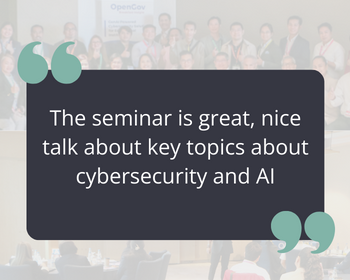 Sharon Maraguinot extended her utmost appreciation for the timely session, which successfully brought together panellists and delegates to exchange ideas and concepts for strengthening cybersecurity in the education sector through Generative AI.
Sharon Maraguinot extended her utmost appreciation for the timely session, which successfully brought together panellists and delegates to exchange ideas and concepts for strengthening cybersecurity in the education sector through Generative AI.
“The dynamic theme of this meeting demonstrates the importance of collaboration among educational institutions, industries, and governments in facing increasingly complex cybersecurity challenges,” said Sharon. “Generative AI has great potential to change the paradigm in protecting our digital infrastructure, and today’s discussion has paved the way for closer cooperation in effectively implementing this technology.”
To effectively combat cyber threats, she acknowledges it is imperative to continuously enhance collaboration across different sectors. This entails fostering partnerships between industries, governments, and academia to share expertise, resources, and insights. Additionally, leveraging the latest research and innovations in cybersecurity is crucial to stay ahead of evolving threats and ensuring robust defence mechanisms are in place.
Recent cyberattacks have been quite unexpected, especially targeting the education sector. These challenges demand us to continuously enhance awareness and security at all levels, from information technology infrastructure to individual awareness of cyber threats.
Investing in comprehensive cybersecurity training and education across all members of the educational community is paramount. By fostering increased awareness and interdisciplinary collaboration, the education sector can bolster its resilience against the growing threat of sophisticated cyber attacks, safeguarding its digital infrastructure and data integrity.
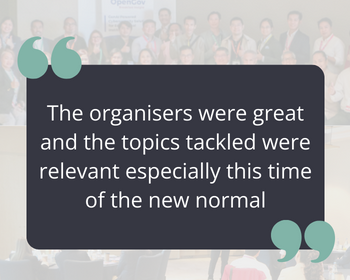 Strong collaboration between the private, public, and academic sectors is essential in developing innovative and effective solutions to counter cyber threats. Only through shared commitment and coordinated efforts can the integrity and security of digital infrastructure be ensured.
Strong collaboration between the private, public, and academic sectors is essential in developing innovative and effective solutions to counter cyber threats. Only through shared commitment and coordinated efforts can the integrity and security of digital infrastructure be ensured.
“Only by working together and continually developing adaptive strategies can we ensure that the education sector remains a safe and protected environment for all stakeholders,” she knows.
Mohit emphasises the significance of events like today’s in spotlighting the necessity of integrating Generative AI into the education sector’s security framework. Such forums provide valuable opportunities for stakeholders across different sectors to converge, exchange insights, and explore the potential advantages of this technology in tackling the ever-growing complexities of cybersecurity challenges.
Open and timely discussions enable participants to gain deeper insights into how Generative AI can be strategically implemented to safeguard digital infrastructure in the education sector. As a result, awareness regarding the significance of adopting this technology can be heightened among stakeholders, encompassing educational institutions, technology industries, and governmental bodies.
“Today’s discussion has underscored the crucial need for collaboration in addressing cybersecurity challenges in education. Generative AI offers significant potential, and our dialogue paves the way for closer cooperation,” Mohit concludes. “Moving forward, enhancing collaboration, leveraging research, and fostering awareness are essential for safeguarding our education sector against cyber threats.”



